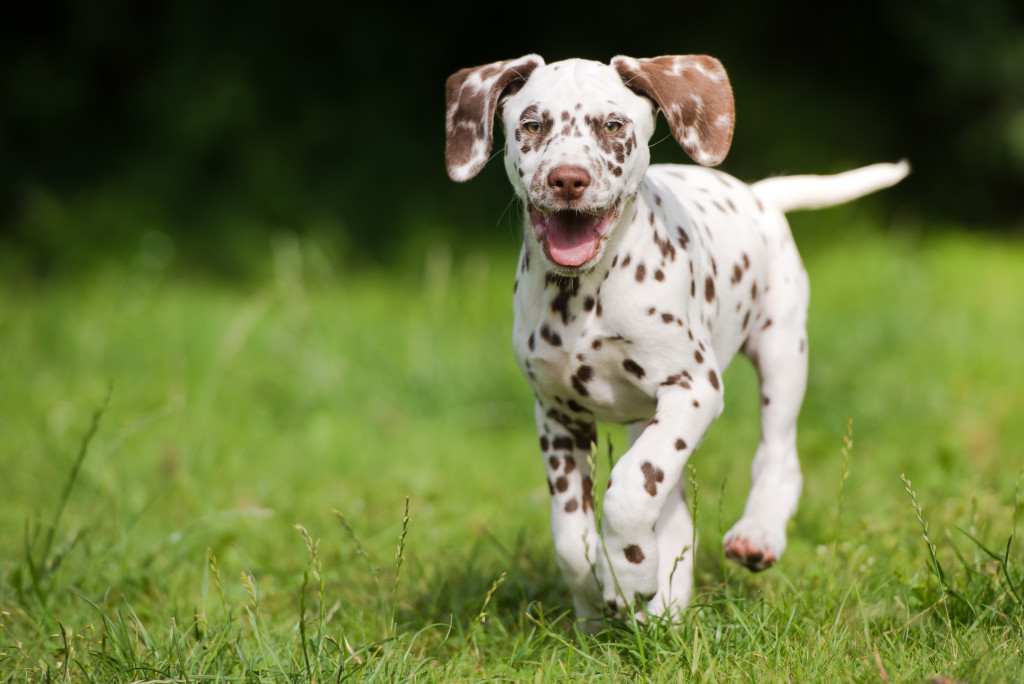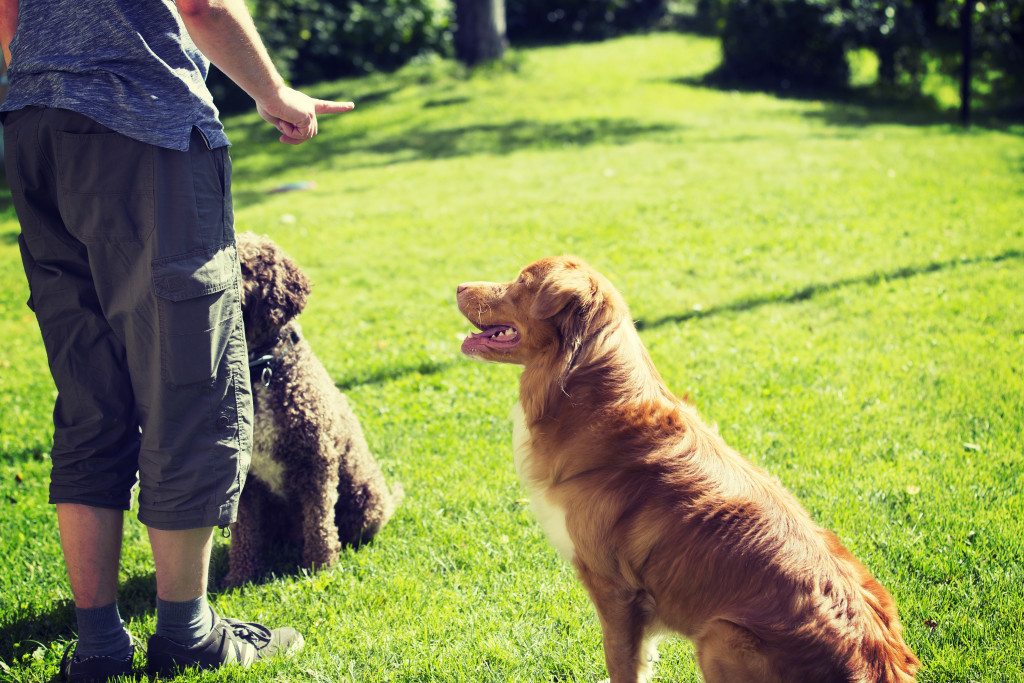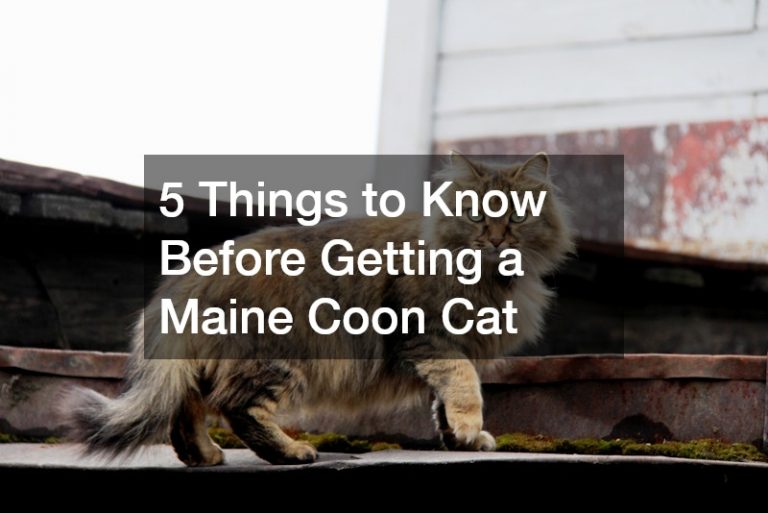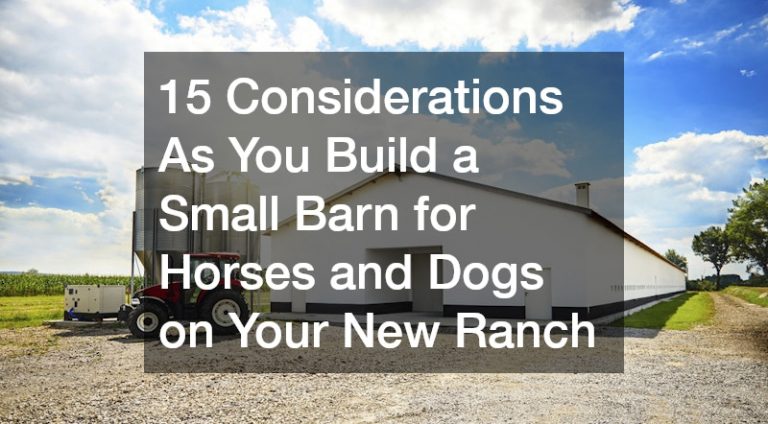There’s nothing more fun to watch than your pet having fun in your yard. However, as a pet owner, it’s important to make sure that your yard is safe for your furry (or not-so-furry) friends. Here are some things you need to remember to keep your yard safe for your pets.
Some Plants Are Hazardous to Dogs and Cats
With poisoning due to plants still in the top five list of causes for pet poisoning, this should be one of your chief concerns. There are a number of common yard plants that can be toxic to both dogs and cats if ingested. Some of the most common include lilies, tulips, azaleas, pothos, umbrella plants, common ivy, and rhododendrons. If you have any of these plants in your yard, it’s important to keep them out of reach of your pets. In addition, it’s a good idea to remove any fallen leaves or flowers as soon as possible so that your pet doesn’t have the opportunity to eat them. You can also pull them out or replace them so that you can have more peace of mind since you can never really be sure that there are no poisonous leaves or flowers on the ground as long as you have them in your yard.
Branches and Fruits can Fall on Your Pets
Another hazard that you should be aware of is loose branches, overhanging tree limbs, and falling fruits. These can seriously threaten your pet if they’re not properly secured. To avoid this problem, make sure to regularly trim any dying branches from your trees. If any dead branches fall off but are held up by other branches and leaves, make sure to pull them down. Alternatively, you can just get the help of a tree care service. That way, you have less to worry about.
If you have fruit-bearing trees, you may want to have a net installed to catch any falling fruits. Falling fruits can either hit your pets directly (especially when they are in season when a lot of them sprout and fall) or simply be eaten. Some fruits or their seeds can be toxic or harmful to pets, such as apple seeds, grapes, avocados, and mango pits. In addition, you should also rake up any fallen leaves or branches so that your pet doesn’t have the opportunity to play with them or chew on them. If your dog likes playing with new sticks, maybe keep a couple of safe-looking ones in your yard for them to “accidentally discover” later; choose sticks without any sharp shards or bark.
Ticks Breeding Under the Leaves on Your Lawn
Ticks are a common problem in many yards—not only do they carry disease, but they can also be difficult to spot. Fortunately, there’s an easy way to discourage ticks from breeding on your lawn: simply rake up any fallen leaves on a regular basis. This will create a less hospitable environment for ticks since they like to hatch eggs on top of the soil but under leaves. Make sure to inspect your pet’s body every now and then, too, just to be sure.

A Fence Keeps Your Yard Safe
One of the best ways to keep your pet safe is to get a fence. A fence keeps your pet contained within your property and keeps them from getting run over or eating toxic things out of other people’s trash. It also discourages other animals from coming into your yard and bothering (or harming) your pet. This is actually becoming a bigger problem in states with local coyote or wolf populations, like Wisconsin. When choosing a fence, be sure to pick one that’s tall enough and made of material that’s sturdy enough to deter would-be intruders. Make sure that your fence does not have holes or gaps that are big enough for your pets to squeeze through—cats in particular have very flexible bodies and can squeeze through very small gaps. Regularly check the fence for any holes or gaps that need to be repaired. On the other hand, dogs can dig under a fence, so if you’re getting a fence, choose one that also takes this into consideration.
Keep Your Pet Door Closed
If you have no other solutions for your problems, you can simply just keep your pet indoors. This may make them restless or even sad, mainly if they are used to coming out to play. With that said, you will also have to do some things to compensate. For cats, you have to provide them with a space to potty indoors. For dogs, you have to take them out more frequently to do their business. You also have to offer more toys and play with them more often, as they might get bored indoors.
Final Thoughts
It is important to be proactive in protecting your pet and taking the necessary precautions to ensure their safety. By following the tips in this article, you can make sure that your pet stays safe and healthy while enjoying time in your yard.





